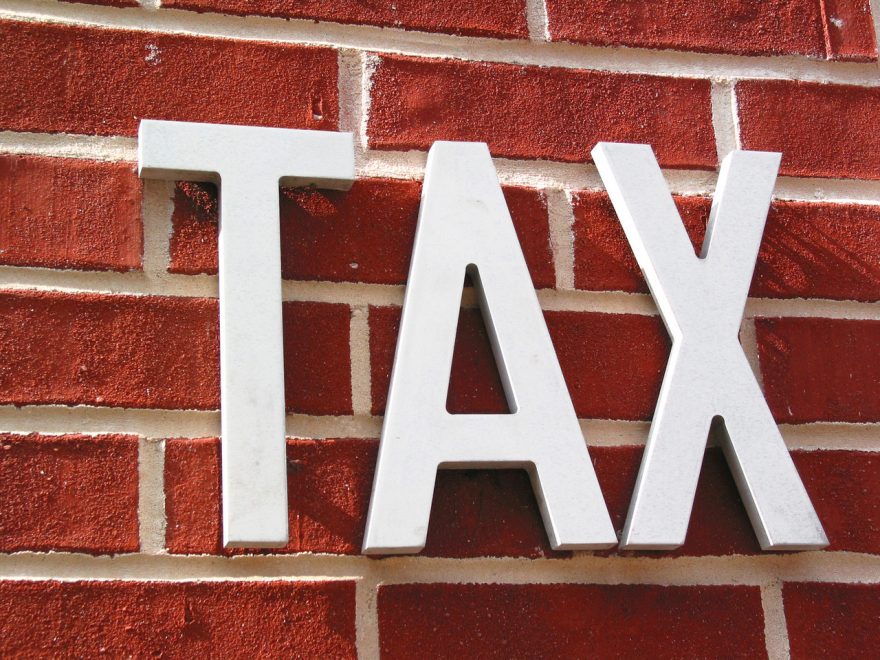
Everyone seems to be talking about Real Estate again. This month, I sat with three friends, and remarkably, all three were looking at moving and buying a new house. Real Estate is hot right now in Dallas, and almost everywhere else, too. The losses from 2009 have been erased and prices are making new highs. Even if you aren’t looking to move, chances are good that your property tax assessment has moved up significantly in the past two years.
Major corporate offices are being built in North Dallas, bringing tens of thousands of jobs to the area. And those relatively well-paid corporate employees are going to want to live in close commuting distance to work. Home owners have equity in their property, and interest rates, which have remained low, are expected to start creeping up. Many feel like right now is the perfect time to move up to their dream house. It has been a seller’s market, with many houses being sold quickly and often meeting or exceeding asking prices.
Anyone who has read this blog or my book, knows that I recommend home buyers consider a 15 year rather than a 30 year mortgage. Let’s go through those numbers in detail and consider the myths and reality of your mortgage decision.
For our example, let’s assume you are buying a $250,000 house and putting 20%, or $50,000, down. You will finance $200,000 through a mortgage.
At an average current rate of 3%, your monthly payment on a 15 year mortgage (not including taxes or insurance) is $1381.16. The 30 year mortgage will cost you approximately 3.75%, but your monthly payment will be only $926.23.
| 15 Year Mortgage @ 3.00% |
30 Year Mortgage @ 3.75% |
| payment $1381.16 |
payment $926.23 |
|
difference = $454.93 |
A lot of people will look at the 30 year mortgage and will say that it “saves” them $454.93 a month. Let’s break that down. On the 15 year mortgage, your first payment consists of $500 interest and $881.16 in principal. On the 30 year note, the first payment includes $625 in interest while only $301.23 is applied towards interest. Most of your payment on the 15 year note is going towards principal, building your equity, where as most of the 30 year payment goes towards interest. So, even though the 15 year note costs $454.93 more, in the first month, it applies $579.93 more towards your principal.
| 15 Year Mortgage |
30 Year Mortgage |
| payment $1381.16 |
payment $926.23 |
| principal $881.16 |
principal $301.23 |
| difference = $579.93 |
After making 10 years of payments, your remaining balance on the 15 year note would be $76,864.99 and you will have paid $42,604.59 in total interest. On the 30 year, $200,000 mortgage, your balance after 10 years is still $156,223.55, and you will have paid $67,371.29 in total interest. At this point, the person who chose the 15 year note has paid off most of their loan and has the end in sight.
| 15 Year Mortgage @ 10 years |
30 Year Mortgage @ 10 years |
| Balance $76,864.99 |
Balance $156,223.55 |
| Interest Paid $42,604.59 |
Interest Paid $67,371.29 |
Assuming your home value increases a modest 1% a year, here’s a look at how your home equity would compare after 10 years under both mortgages.
| 15 Year Mortgage @ 10 years |
30 Year Mortgage @ 10 years |
| Home Value $276,156 |
Home Value $276,156 |
| Balance $76,865 |
Balance $156,224 |
| Equity $199,291 |
Equity $119,932 |
| Difference = $79,359 |
The nearly $80,000 difference in equity after 10 years shows how the 15 year mortgage is a really another way of “forced savings”. You would have equity to buy another house if you should want or need to move. Or if you’d like to retire, a 15 year mortgage may enable you to have no house payment when you reach retirement age.
So far this is pretty simple. But you may be wondering, what if I were to choose the 30 year mortgage and invest the difference of $454.93 per month? If you did this for 10 years, and earned 7%, you would have an investment account with $78,740. That’s almost the same as the difference in equity in the chart above.
Let’s take this further and assume that you invest the $454.93 for the full 30 years. How would this compare to paying the 15 year mortgage and then investing $1381.16 for the following 15 years?
| 15 Year Mortgage |
30 Year Mortgage |
| Pay mortgage for 15 years, then invest $1381.16
for the next 15 years, at 7% |
Invest the difference of $454.93 for 30 years, at 7% |
| Investment Value $437,760 |
Investment Value $554,959 |
This shows that choosing the 30 year mortgage and investing the difference versus a 15 year mortgage could generate a better outcome over 30 years. So then why would I suggest that home buyers choose the 15 year product instead? Here are two reasons:
1) If you go to a bank, mortgage broker, or realtor and say that you can afford a $1381 per month payment, they are not likely to help you decide between a 15 or 30 year mortgage. Rather, they will assume you will choose the 30 year note and then tell you how much house you can “afford”.
Instead of looking at the $250,000 house in our example, you could afford a $370,000 house with a 30 year note. And you will not be investing the $454 per month difference as in the theoretical example. With the more expensive house comes more expensive costs, including taxes, insurance, utilities, and maintenance.
People who become wealthy look at their housing as a cost, not as an investment. While you can afford a more expensive house under a 30 year mortgage, that doesn’t mean that it is in your best interest to do so, if you have other financial goals such as retirement.
It is vitally important to remember that there is a conflict of interest throughout most the real estate industry. People who are paid commissions have an incentive to put you in the most expensive house and mortgage that the bank will allow them to sell. They do not get paid to help you retire, save in your 401(k), or send your kids to college. It’s remarkable to me that six years after the sub-prime crisis that there has been so little change to the fundamental conflicts of interest in the real estate industry.
2) I don’t know very many people who actually have the discipline to invest the $454.93 a month they would “save” with a 30 year mortgage. More likely, they will increase their other discretionary spending (cars, vacations, furnishings, etc.) that accompany “keeping up with the Joneses” in a nice neighborhood.
The only way someone would be able to make it work would be automate the process and establish a recurring monthly deposit of $454 into a mutual fund or IRA. By the way, the 30 year example above only showed a good outcome because I assumed the investment was made into stocks and earn 7% for 30 years. If you put that money in cash and only earn 3%, the 15 year mortgage produces the superior outcome. The 30 year mortgage only produces a better outcome if you can greatly exceed the cost of borrowing (3.75% in our example). Here’s what it looks like if returns are only 3% over 30 years:
| 15 Year Mortgage |
30 Year Mortgage |
| Pay mortgage for 15 years, then invest $1381.16
for the next 15 years, at 3% |
Invest the difference of $454.93 for 30 years, at 3% |
| Investment Value $313,486 |
Investment Value $265,105 |
My fear of the 30 year mortgage is that it is not used by consumers or real estate professionals to maximize saving and growth investing. If it was, it would be a good tool for increasing your net worth. Rather it is used to maximize the amount of home you can purchase today.
For professions where career income is expected to rise only at the rate of inflation (such as teachers and musicians), your income is not going to increase fast enough to enable future saving when you take on a jumbo-sized mortgage. The result is that all your disposable income will go towards the house, with very little towards retirement, saving, or investment.
If today’s real estate market has you excited, be careful. It’s great that your home value has shot up 20% or more in the past couple of years. That makes it a great time to downsize, but actually an expensive time to buy a bigger house. We are lucky in Dallas that Real Estate prices have remained affordable; in many cities on the coasts, home buyers have no choice but to use the 30 year mortgage because prices are so high. If you start with the 15 year mortgage in mind when you are considering how much house you can afford, it can help you increase your net worth faster.













